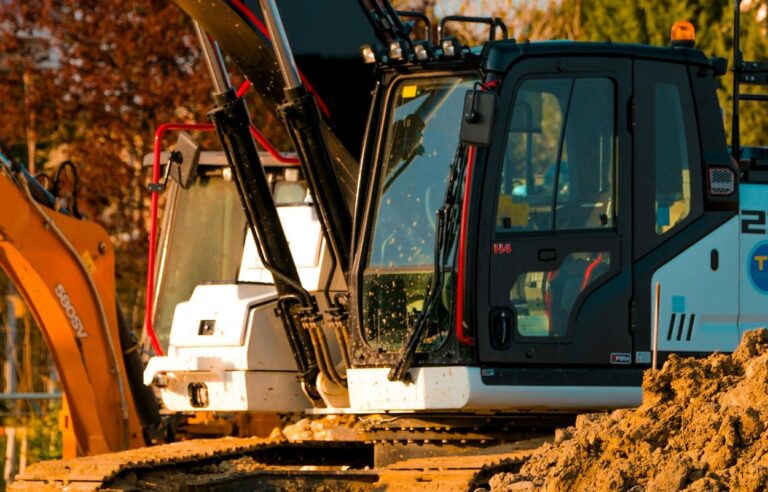
Mold in the home is a common problem, especially in areas with high humidity or moisture. Whether it’s growing in your bathroom, basement, or around windows, mold can cause serious damage to your home and health. But don’t worry—there are plenty of ways to stop mold before it even starts! Let’s dive into how you can keep your home dry, clean, and mold-free.
WHAT IS MOLD, AND WHY IS IT A PROBLEM?
Mold is a type of fungus that thrives in damp, warm environments. When it starts growing indoors, it can spread quickly, leading to unpleasant odors, structural damage, and health issues like allergies and respiratory problems. The good news is that mold needs a few things to grow—moisture, warmth, and organic material (like wood or drywall). If you can control those factors, you can prevent mold from taking over your space.
KEEP YOUR HOME DRY
The first step in preventing mold is controlling moisture. Mold loves damp places, so the drier your home is, the less likely you’ll have mold issues. Here’s how you can keep things dry:
Fix Leaks Immediately: Whether it’s a leaky roof, a dripping faucet, or a broken pipe, any water leak should be repaired as soon as possible. Even small leaks can create the perfect environment for mold to grow.
Use Dehumidifiers: If you live in an area with high humidity or experience lots of rain, a dehumidifier can help keep the air dry. Consider placing one in areas like the basement, bathroom, or laundry room.
Open Windows: When weather permits, open windows to allow fresh air to circulate throughout your home. Proper ventilation is key to drying out damp areas.
VENTILATE PROPERLY
Poor ventilation is one of the main reasons why mold thrives in many homes. Areas like kitchens, bathrooms, and laundry rooms can become breeding grounds for mold if they aren’t properly ventilated. Here’s how to fix that:
Use Exhaust Fans: Install and use exhaust fans in high-moisture areas like the bathroom and kitchen. These fans help remove steam and moisture from the air, which can prevent mold from forming.
Ventilate Your Attic and Crawlspaces: If you have an attic or crawlspace, make sure they are well-ventilated. Poor airflow in these areas can lead to trapped moisture, which is a perfect mold haven.
Leave Space for Air to Flow: Arrange furniture and items in your home so that air can flow freely. Avoid blocking vents or airflow with large pieces of furniture or boxes.
CONTROL HUMIDITY LEVELS
Humidity levels in your home should ideally be between 30% and 50%. If humidity levels rise above this range, you create the perfect environment for mold growth. Fortunately, it’s easy to keep your humidity levels in check:
Use a Hygrometer: This handy tool measures the humidity in your home. Keep an eye on the readings to make sure your home stays within the optimal range. If it’s too high, consider running a dehumidifier or using a moisture absorber.
Check for Condensation: Condensation on windows, walls, or pipes is a clear sign that humidity levels are too high. If you see this, take steps to reduce moisture in the air.
CLEAN AND MAINTAIN YOUR HOME REGULARLY
Regular cleaning and maintenance are crucial for mold prevention. A buildup of dust, dirt, or grime can provide mold with the nutrients it needs to grow. Here’s how to keep things clean:
Clean Bathroom Surfaces: Bathrooms are the perfect place for mold to grow, especially on tile, grout, and shower curtains. Regularly clean these areas with a mold-killing solution to keep mold at bay.
Wash Bedding and Fabrics: Mold can sometimes grow on damp fabrics like towels, bed sheets, and curtains. Wash these items regularly, especially if they’ve gotten wet.
Dry Wet Items Quickly: If something gets wet—whether it’s a towel, rug, or piece of clothing—make sure it gets dried quickly. Mold can start growing in as little as 24 to 48 hours, so don’t wait!
INSPECT FOR MOLD REGULARLY
Even with the best prevention methods, mold can sometimes sneak into your home. The key is to catch it early. Here’s how to stay on top of things:
Check High-Risk Areas: Mold loves areas with high moisture levels, such as basements, bathrooms, and attics. Regularly inspect these areas for signs of mold, like a musty smell or dark spots on walls.
Look for Water Damage: If you’ve recently had a leak or flood, inspect the affected area thoroughly. Even if the area seems dry, mold could be hiding out of sight.
Look Behind Walls: If you notice an odd smell or suspect mold, you might need to check behind walls or under floors. Mold can sometimes grow where it’s hard to see.
WHAT TO DO IF YOU FIND MOLD
If you spot mold in your home, don’t panic. Early intervention is key to stopping it from spreading. Here’s what to do:
Clean Small Areas Yourself: If the mold is confined to a small area (less than 10 square feet), you can likely clean it yourself. Use a mixture of water and detergent or a commercial mold cleaner. Wear gloves and a mask to protect yourself from mold spores.
Call a Professional: If the mold has spread significantly or is in hard-to-reach places, it’s time to call a mold abatement professional. They can safely remove mold and prevent it from returning.
WHEN TO SEEK PROFESSIONAL HELP FOR MOLD ABATEMENT IN PORT ALBERNI
Sometimes, mold can be more than just a small inconvenience. If you’re living in Port Alberni and you’ve found mold spreading through your home, it’s a good idea to get in touch with a professional. Mold abatement in Port Alberni involves thorough inspections, testing, and proper removal. The professionals will help make sure mold doesn’t come back and ensure your home is safe and healthy.
KEEP GUTTERS CLEAN
Clogged gutters can be another hidden source of mold. When gutters get clogged with leaves, debris, or dirt, they can cause water to overflow and pool around the foundation of your home. This can lead to water seeping into your walls and creating a perfect breeding ground for mold. To prevent this, clean your gutters regularly and ensure they’re free of obstructions.
CONSIDER MOLD-RESISTANT PRODUCTS
If you’re building or renovating your home, there are plenty of mold-resistant products you can use. Mold-resistant drywall, paints, and insulation can help prevent mold from growing in the first place. If you’re tackling a DIY project or working on a new construction, consider investing in these mold-resistant options for added peace of mind.
CONCLUSION
Preventing mold growth in your home doesn’t have to be difficult. By keeping your home dry, ventilated, and clean, you can significantly reduce the risk of mold taking hold. Regular inspections and quick action can help you stay ahead of any mold issues that do pop up. If you ever need help with mold abatement in Port Alberni, don’t hesitate to call in the pros—they’ll take care of it so you don’t have to! Stay proactive, stay clean, and your home will stay mold-free!



